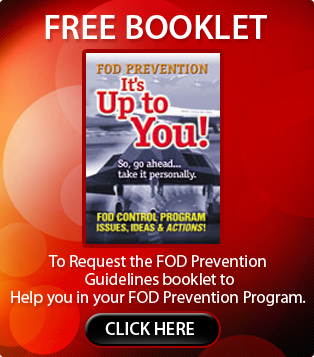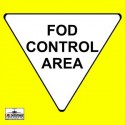September 2004
A major US airline flight departing Chicago O’Hare Airport with over one hundred passengers on board experienced a forced emergency landing, likely the result of a “bird-strike” encounter with geese. After takeoff, the aircraft began experiencing critical engine problems almost immediately. Several callers phoned to report seeing flames as well as an explosion. A spokesperson for the airline reported that along with an engine fire and its ensuing damage, missing pieces from the engine may have fallen in the surrounding communities. Fortunately, no injuries or damages have been reported from the ground. The 107 passengers left the plane unharmed.
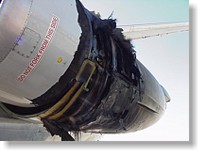
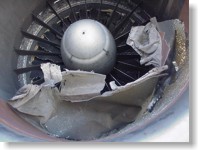
Both the volume of flights and the numbers of birds are increasing each year, foretelling more collisions and potentially serious consequences. As more than 80% of bird strikes occur within airport environments, controlling birds and other wildlife is a major responsibility of airfield management.
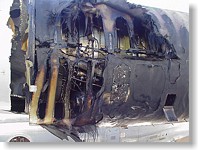 A dependable source of information about reducing your facility’s liability and expenses associated with wildlife is “MAKE IT FOD FREE! The Ultimate FOD Prevention Program Manual”, published by The F.O.D. Control Corporation.
A dependable source of information about reducing your facility’s liability and expenses associated with wildlife is “MAKE IT FOD FREE! The Ultimate FOD Prevention Program Manual”, published by The F.O.D. Control Corporation.
The 200-page resource devotes an entire chapter to wildlife, written by Bruce MacKinnon, Wildlife Control Specialist for Transport Canada, and Chairman of Birdstrike Canada since 1993. Chapter Four: “You Don’t Want This Golden Goose” is crammed with
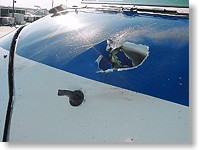 solution-oriented information that facility operators, flight crews and controllers can use immediately to keep ahead of cleverly adaptive wildlife that seem determined to use airports and surrounding areas as their playgrounds.
solution-oriented information that facility operators, flight crews and controllers can use immediately to keep ahead of cleverly adaptive wildlife that seem determined to use airports and surrounding areas as their playgrounds.
Information, organization and communication are the keys to effective FOD Prevention Programs. MAKE IT FOD FREE! unites MacKinnon and a dozen other experts to share their experience in running successful FOD programs.
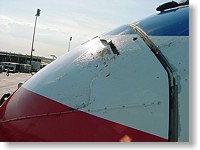 See MAKE IT FOD FREE! online at www.makeitfodfree.com and download a free sample chapter. It’s the first comprehensive professional resource allowing aviation managers to start, maintain and improve an efficient FOD Prevention effort by using the knowledge gained by hands-on experts who have already done it. You don’t have to reinvent the wheel to have a great FOD Program, just follow the road that has already been marked. Visit the web site now!
See MAKE IT FOD FREE! online at www.makeitfodfree.com and download a free sample chapter. It’s the first comprehensive professional resource allowing aviation managers to start, maintain and improve an efficient FOD Prevention effort by using the knowledge gained by hands-on experts who have already done it. You don’t have to reinvent the wheel to have a great FOD Program, just follow the road that has already been marked. Visit the web site now!
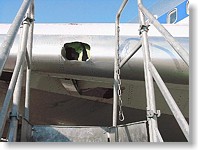
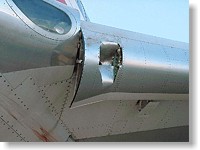
If you’d like to share an interesting FOD story or photo, please send it to:
info@fodnews.com
Attn: Gary Chaplin, Editor

